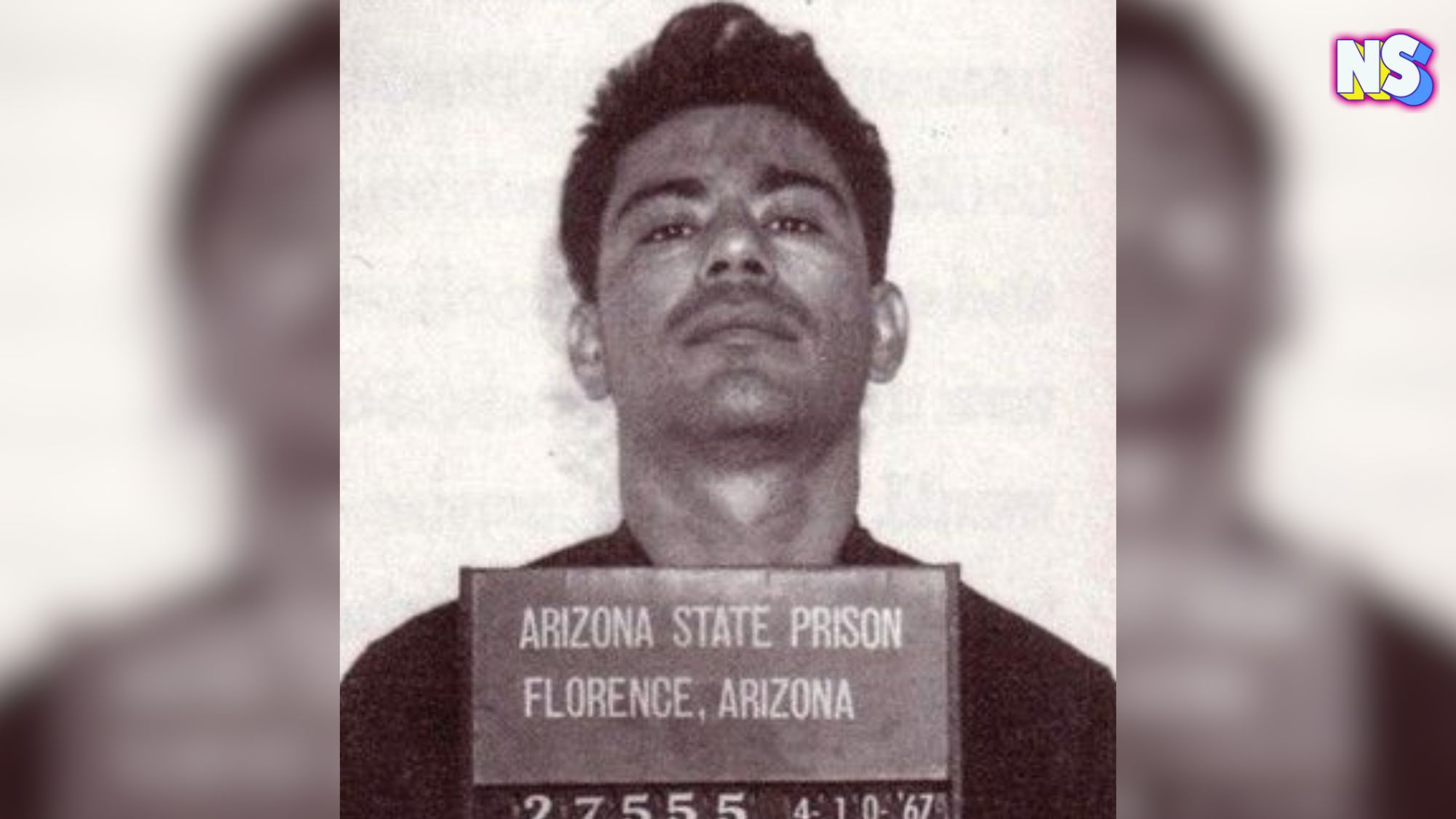If you’re a fan of crime shows or movies, you definitely know Miranda Rights: “You have the right to remain silent. Anything you say can, and will, be used against you in court of law. You have the right to an attorney. If you cannot afford one, one will be appointed to you.”
But, have you ever wondered who put the Miranda in “Miranda Rights”? While the term is ubiquitous with getting arrested in the United States, the story of Ernesto Miranda, the Mexican-American man behind the name, is less known. His case changed the law forever and left its lasting mark on pop culture. So, who was Ernesto Miranda?
Who is the Miranda of ‘Miranda Rights’?
“Ernesto Miranda was an uneducated Hispanic man,” The University of Arizona explains.
He was born Ernesto Arturo Miranda in Mesa, Arizona, in 1941, and had a childhood that was less than stellar. After his mother’s death when he was young, Miranda had a strained relationship with his father and stepmother. He dropped out of school in eighth grade and soon found himself on the wrong side of the law. By his late teens, he had a criminal record that included arrests for theft and other minor offenses.
The Arrest That Changed Everything
On March 13, 1963, an 18-year-old woman in Phoenix, later known as Jane Doe, reported being abducted and sexually assaulted. The police, acting on a lead, brought in Miranda for questioning.
RELATED POST: The Menendez Brothers: Revisiting a Cuban-American Tragedy
After hours of interrogation, Miranda confessed to the crimes. However, there’s a catch: he was never informed of his right to remain silent or his right to an attorney. This omission would become the crux of a legal battle that reached the highest court in the land.
Miranda v. Arizona: A Supreme Court Showdown
Miranda’s confession led to his conviction, but his court-appointed lawyer appealed, arguing that the confession was inadmissible because Miranda hadn’t been informed of his constitutional rights. The case, Miranda v. Arizona, made its way to the U.S. Supreme Court. In a landmark legal decision in 1966, the Court ruled that detained criminal suspects must be informed of their rights prior to police questioning.
“In a 5-to-4 decision, the Court ruled that Miranda’s confession could not be used as evidence because the officers had violated his Fifth and Sixth Amendment rights,” YouTuber, and History Buff, Mr. Beat explains. “Chief Justice Earl Warren delivered the opinion of the Court. Warren pointed out that the police had messed up by misleading Miranda and not clearly informing him of his rights.”
This decision gave birth to what we now call the “Miranda Rights.”
Why Do We Know the Rights but Not the Man?
It’s ironic that while “Miranda Rights” are a staple in American culture, Ernesto Miranda himself remains an obscure figure. Perhaps it’s because his post-Supreme Court life didn’t follow a redemptive arc. After his conviction was overturned, Miranda was retried without the confession as evidence. He was convicted again based on other evidence and served 11 years in prison.
After his release, he eked out a living signing autographs on Miranda warning cards.
In a twist of fate, Miranda was stabbed to death in a bar fight in 1976.





